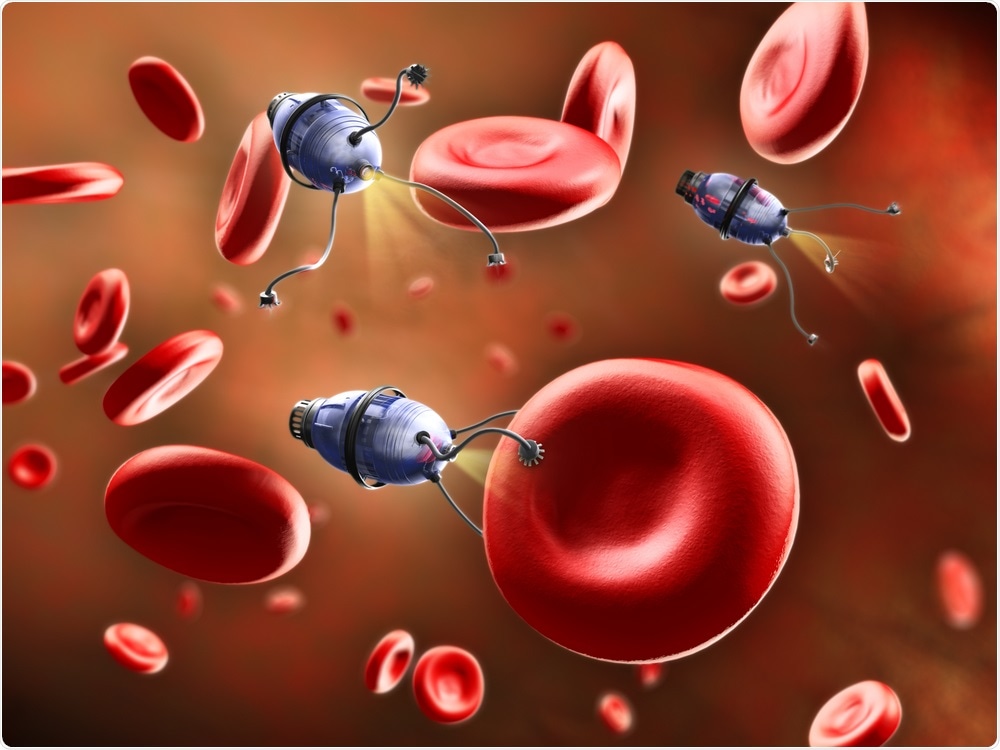Researchers have developed highly advanced miniaturized smart robots designed to change their shape as they encounter different fluids. It is hoped that the development could lead to microrobots that deliver drugs straight to diseased tissue.
 Andrea Danti | Shutterstock
Andrea Danti | Shutterstock
The research team attributes their design to the observation of bacterial shape transformation under the stimulus of changing surroundings.
These extremely flexible microrobots are composed of biocompatible hydrogel nanocomposites containing nanomagnets that can be controlled by an electromagnetic field. Their smart design lets them swim through a variety of fluids, changing shape as needed.
Their unique structure and composition promote high speed and easy maneuvering. This allows them to thread through capillaries and complex networks rapidly.
Robots are typically large devices with sensors, actuators, electronic circuits, and batteries, but when it comes to microrobots, it is necessary to avoid these bulky systems.
In the current project, the scientists used a folding technique based on the Japanese paper-folding method called origami. This produces the novel mode of movement employed by these microrobots.
The key to their movement is embodied intelligence, rather than the classical embedded electronic systems used in conventional computational models.
Our robots have a special composition and structure that allow them to adapt to the characteristics of the fluid they are moving through. For instance, if they encounter a change in viscosity or osmotic concentration, they modify their shape to maintain their speed and maneuverability without losing control of the direction of motion,"
Selman Sakar, Lead Developer
Sakar led the study with Bradley Nelson at ETH Zurich.
The report, published today in Science Advances, describes how the team achieved external programming of the robot to let it traverse different fluids, whether flowing at high speed, or dense sticky fluids. The scripting of shape changes in advance allows the microrobots to perform at maximal capacity while avoiding the need for sensors and actuators.
This type of regulation can be achieved via an electromagnetic field or by allowing the microrobots to make their own way through the body spaces using fluid flow dynamics. In both cases, they will assume the shape that is most efficient.
These shape-changing soft microrobots are not only more effective but can be produced easily at an affordable cost.
The key challenge for us was to develop the physics that describe the types of changes we were interested in, and then to integrate this with new fabrication technologies."
Bradley Nelson, Lead Developer
The scientists are currently focusing on enhancing the performance of these microrobots so that they swim effectively through complex liquids such as human body fluids.
Sources:
Smart microrobots that can adapt to their surroundings.
H.-W. Huang, B. J. Nelson, F. E. Uslu, M.S. Sakar, P. Katsamba, E. Lauga. Adaptive locomotion of artificial microswimmers, Science Advances. Jan 18th 2019.